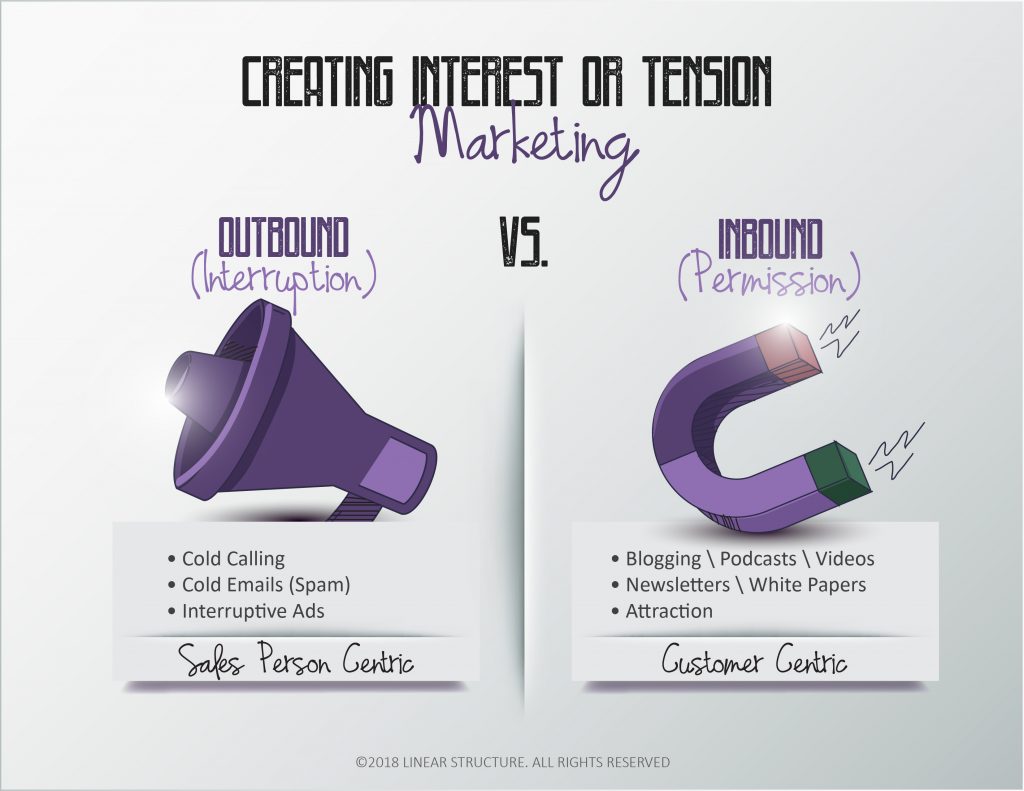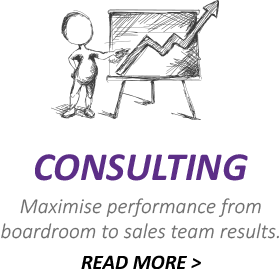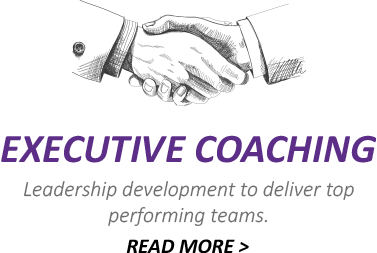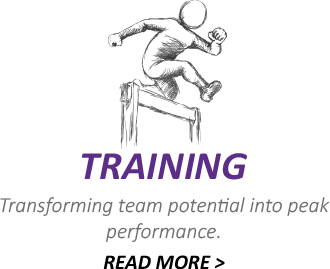As we discussed last week creating powerful correspondence is a great way to engage with new prospects.
However, to get the maximum benefit from this activity you need to be really effective on the telephone. Unfortunately, today many people feel self-conscious about speaking on the phone. They hide behind email which is a shame because the telephone is one of the greatest tools for creating rapport and relationships with people.
Even more so today with the opportunity to hold interactive skype calls where you can have 1-on-1 meetings that are brief, friendly and engaging.
So, let’s think for a moment about the correspondence we created. If you haven’t seen this go to the previous podcast where you can see an example, which we will use for our telephone follow up today.
Usually, I recommend you arrange to do your follow up calls 48 hours after they receive your correspondence, so it’s fresh in mind.
Let’s look at a successful formula to make this call, and we’ll take the toughest example – someone you have written to but have never spoken with before.
I would never cold call them without having written a personal letter or email to them in advance. I like to do this for two reasons.
Firstly, you feel more confident when you’ve taken the time to write a professional letter to someone.
Secondly, it builds trust in the other person that even if they haven’t seen the correspondence sent they will give you time to explain why you wrote to them in the first place.
So, let’s look at what to say on your follow up call. First of all, you want to introduce yourself by name and your company. But here’s something most people don’t do, they don’t give their prospect a ‘first call notice’. What do I mean by that? Well, you need to say something like, “you and I haven’t had the opportunity to speak before, but I wrote some correspondence to you last week”. By saying you haven’t spoken before, you’re giving them that ‘first call notice’ it lets them relax mentally. If anyone has called you and given their name but you don’t remember it you automatically start to go through a mental rolodex! You are thinking to yourself. Do I know Peter, should I remember him? Etc., etc. They’re not concentrating on what you’re saying. So, the first call notice is important to avoid this happening.
The next area to focus on, just like the sequence of your letter, is your industry expertise. You could say something like, “I’ve been working with other professionals in your sector for x number of years now”. Then you want to site job title expertise, you can do this by saying, “some of the concerns I’m hearing from other sales professionals in your position are…”
Then you can mention some of the challenges you highlighted in your letter.
After mentioning those key issues, you can show how you can help simply by saying, “I’ve been able to help our clients solve these challenges in a number of interesting ways.
Finally, you want to create curiosity and give an invitation. Simple say, “I’ve been sharing some of these experiences and insights recently and I’d welcome an opportunity to learn more about your own objectives and see if these ideas can add value to your operation. When do you think there might be a good time to have a chat about that in the next couple of weeks?
This follow up approach is simple, it follows the same format and content of your letter for the telephone call, you’ve shown how you can add value and offered to share some specific examples with the person to help improve their business.
All of this correspondence and telephone work is focused on how you can help the other person. You’ll notice I spent very little time talking about myself my company, products, service or how great we are!
So, with this in mind I wish you great success in leveraging the telephone to create some fantastic new business relationships.
Podcast: Play in new window | Download
Subscribe: RSS








